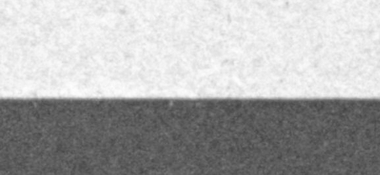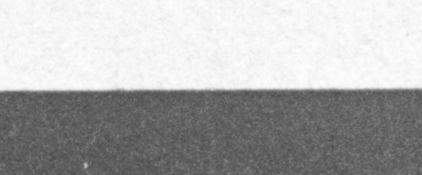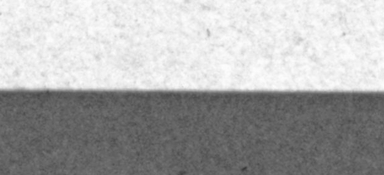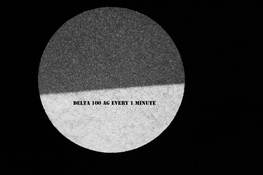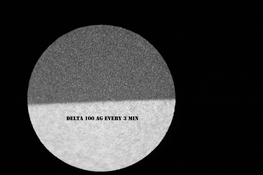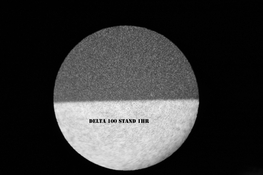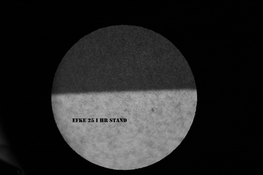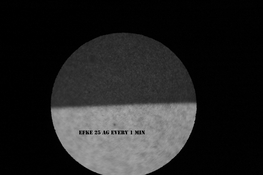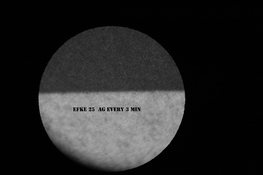Alan Johnson
Subscriber
- Joined
- Nov 16, 2004
- Messages
- 3,270
I have to include scans to illustrate.
Mackie lines, aka adjacency effects, edge effects, border effects, were thought in the 1960s to contribute notably to apparent sharpness with some films of that period. Crawley called this "the acutance era".
See The Film Developing Cookbook 2020 p 65-7.
What is seen in the attachments are unsharpened scans of negatives of a light grey/dark grey edge. Each attachment height corresponds to about 1mm on the negative.
Efke 25 is an example of a 1960s emulsion with low iodide and Delta 100 is today's film, believed with rather more iodide amongst other improvements.
Development was in the glycin/metol FX-2 according to the instructions here for a normal type of agitation and for stand development:
The Mackie lines on the negative sections shown are visible as slightly darker lines at the edge of the dark side of each section, adjacent to the lighter side.
IMO the best Mackie line is obtained with Efke 25 stand development, followed by Efke 25 normal development. However there still seems to be some effect with Delta 100 stand development.
In practice it would be better to use minimal agitation as there was some streaming from stand development, which is used for illustration purpose.
I think this is pretty much in line with what was thought ,except the differences are not that much.
Mackie lines, aka adjacency effects, edge effects, border effects, were thought in the 1960s to contribute notably to apparent sharpness with some films of that period. Crawley called this "the acutance era".
See The Film Developing Cookbook 2020 p 65-7.
What is seen in the attachments are unsharpened scans of negatives of a light grey/dark grey edge. Each attachment height corresponds to about 1mm on the negative.
Efke 25 is an example of a 1960s emulsion with low iodide and Delta 100 is today's film, believed with rather more iodide amongst other improvements.
Development was in the glycin/metol FX-2 according to the instructions here for a normal type of agitation and for stand development:
The Mackie lines on the negative sections shown are visible as slightly darker lines at the edge of the dark side of each section, adjacent to the lighter side.
IMO the best Mackie line is obtained with Efke 25 stand development, followed by Efke 25 normal development. However there still seems to be some effect with Delta 100 stand development.
In practice it would be better to use minimal agitation as there was some streaming from stand development, which is used for illustration purpose.
I think this is pretty much in line with what was thought ,except the differences are not that much.








